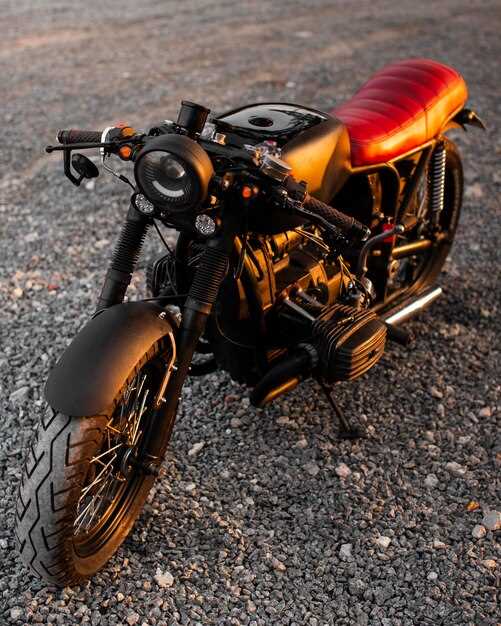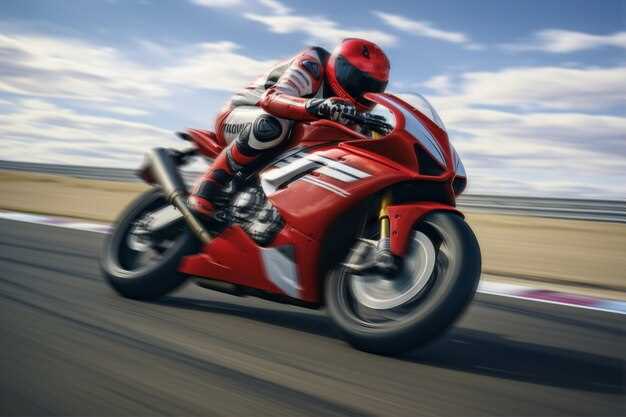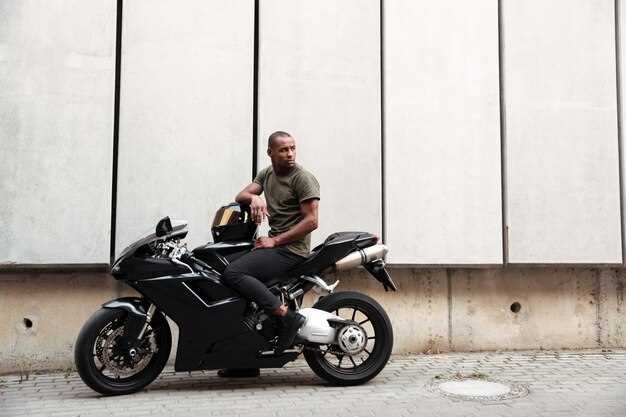

Track racing is not just about speed; it’s a fusion of engineering excellence, rider skill, and the right motorcycle. The choice of bike can make or break a racer’s performance, and understanding the nuances of each model is crucial for success on the track. In this article, we will delve into the top motorcycles designed specifically for winning track races, analyzing their features, capabilities, and what sets them apart from the competition.
Modern race bikes are engineered for precision handling, aerodynamic efficiency, and raw power. Manufacturers continuously innovate to create machines that can conquer corners at high speeds while providing the rider with exceptional control. From lightweight frames to high-output engines, every element of these motorcycles is crafted for the racetrack.
As we explore the choices available, we will focus on key factors that make each motorcycle a contender: power-to-weight ratio, suspension technology, and braking systems. Understanding these elements will help racers make informed decisions about which motorcycle aligns best with their racing style and goals. Join us as we highlight the standout models that are currently dominating the track racing scene.
Evaluating Performance Metrics for Track Racing Motorcycles
When it comes to track racing, the performance of a motorcycle is assessed through several critical metrics that can determine victory. Understanding these metrics allows riders and teams to make informed decisions regarding bike selection, setup, and strategy.
One of the foremost metrics is horsepower. The output of the engine influences acceleration, top speed, and overall track performance. Higher horsepower typically translates to faster lap times, but it must be balanced with weight and handling characteristics.
Torque is equally important. It affects the motorcycle’s acceleration and responsiveness at various speeds, particularly during corner exits where immediate power delivery can impact overall lap time. A well-balanced torque curve aids in maintaining optimal speed through corners.
Weight-to-power ratio is a significant factor. A lightweight motorcycle with ample power provides superior agility and responsive handling, allowing riders to navigate tight corners and quick transitions with ease. Reducing weight in non-essential areas can lead to enhanced performance on the track.
Suspension setup is another critical metric. Track racing demands precise handling and stability, especially at high speeds. Adjustable suspension components allow teams to tune the motorcycle for optimal grip and comfort according to specific track conditions.
Braking performance is essential as well. High-quality brakes provide consistent stopping power and shorter braking distances, key for maintaining speed when entering corners. The materials used, as well as the size of brake components, contribute significantly to overall performance.
Lastly, tire selection and grip play a crucial role in maximizing traction. Different compounds and tread patterns influence cornering stability and acceleration grip, and understanding the track surface conditions can enhance tire performance. Choosing the right tires is imperative for maintaining optimal performance throughout the race.
Evaluating these performance metrics holistically enables teams to enhance their racing strategies, adjust setups more effectively, and ultimately achieve better results on the track. Each metric interacts with others, making it essential to consider the motorcycle as a complete system rather than individual components.
Key Features to Look for in Racing Bikes

When selecting a racing bike, several key features can significantly influence performance on the track. First and foremost, the weight of the motorcycle is crucial. A lightweight bike allows for quicker acceleration and improved handling, making it easier to navigate sharp turns and tight corners.
The engine performance is another essential aspect to consider. Look for bikes equipped with high-horsepower engines that offer rapid throttle response. The engine’s tuning also plays a vital role in ensuring optimal power delivery and efficiency during races.
Suspension systems are critical for stability and control at high speeds. Adjustable front and rear suspension setups enable riders to customize their bike’s handling characteristics to suit different track conditions and riding styles.
Braking systems should not be overlooked. High-performance bicycles typically feature advanced braking technology, such as Brembo calipers and larger discs, which provide superior stopping power and greater modulation for enhanced control under heavy braking.
Aerodynamics greatly affect the bike’s speed and maneuverability. Look for models designed with aerodynamic fairings that minimize wind resistance, allowing for higher top speeds and improved cornering capabilities.
Tires also play a significant role in racing performance. Soft compound tires provide better grip but wear out faster, while harder compounds offer durability but less traction. Choosing the right tires for specific racing conditions is vital for optimal performance.
Lastly, consider the bike’s electronics, including traction control, anti-lock braking systems (ABS), and ride modes. These features enhance safety and provide the rider with the ability to adjust settings according to their experience level and track conditions.
Cost vs. Performance: Choosing the Right Motorcycle for Your Needs

When selecting a motorcycle for track racing, it’s essential to balance cost and performance. High-performance motorcycles often come with a hefty price tag, but they might offer features that significantly enhance speed, handling, and overall racing capability. Conversely, more affordable options can be appealing, especially for beginners or those on a budget.
Performance metrics such as horsepower, torque, weight, and braking capabilities should be key considerations. Performance motorcycles typically feature advanced engineering and higher-quality components that contribute to faster lap times. For example, machines like the Yamaha YZF-R1 or Kawasaki Ninja ZX-10R are designed specifically for speed, while also providing exceptional handling characteristics.
However, investing in a top-tier motorcycle might not always equate to success on the track. Many racers find that a well-tuned mid-tier model can achieve comparable performance with the right rider skill and setup. For instance, bikes like the Honda CBR600RR or KTM RC 390 can be excellent choices for those seeking a balance between performance and cost.
Additionally, consider the costs of maintenance and upgrades. More powerful motorcycles often require specialized knowledge for servicing and parts that can be costly. This should be factored into your overall budget. A less expensive motorcycle may result in lower ongoing expenses, allowing you to invest more into practice and modifications.
Ultimately, the ideal motorcycle for track racing is one that suits your skill level, racing goals, and financial situation. Evaluate your priorities: Are you focused on competitive performance, or is budget a primary concern? By identifying your needs and weighing costs against performance, you’ll make a more informed decision that aligns with your racing aspirations.





